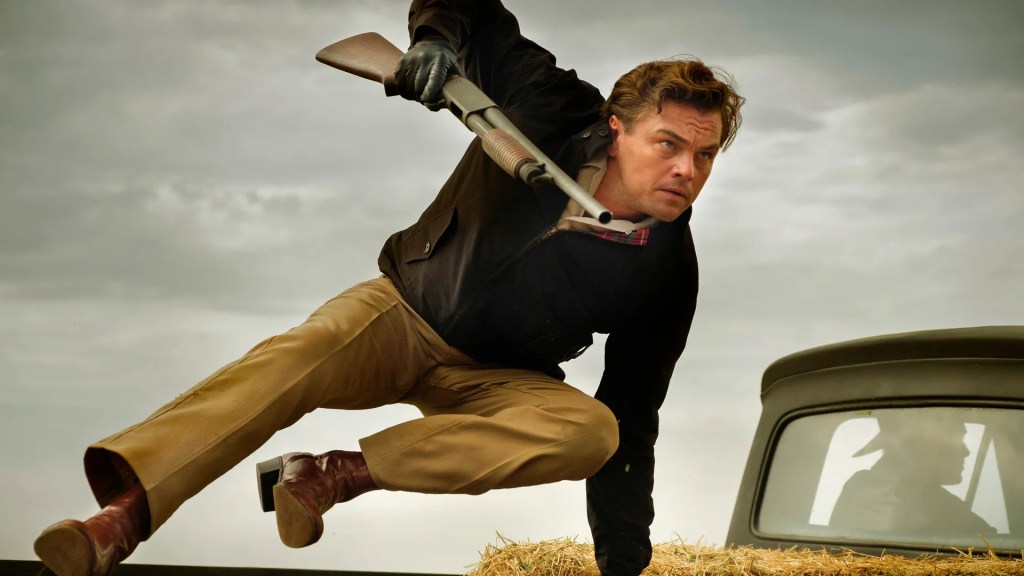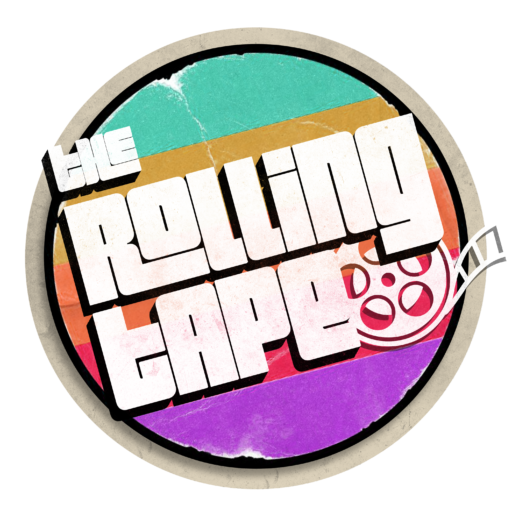Movies with a Dark Problematic Side
“It’s just a movie,” Marlon Brando said to his co-star Maria Schneider right before the infamous assault scene in Last Tango in Paris (1972). This is an oft-spoken line from the makers, the actors, and the fans of such controversial movies after they are banned, censored, or dropped from major film festivals and award functions. The recently released Hindi movie Animal (2023) is doing the rounds for its crude violence and misogynistic content. Not the first Hindi movie by Sandeep Reddy Vanga to have been dubbed “sexist and women-hating,” Animal’s content has made even the members of the Rajya Sabha (upper House of the Parliament of India) call it a “disease to society.”
Movies are an impressionable medium, one that can inspire as well as incite. However, audiences are asked to exercise caution and watch at their discretion. Nevertheless, protests, boycotts, censoring, and spiteful criticism of certain movies lead to their complete censure or a temporary setback for the makers and actors involved. The tale is as old as time, and there are tons of films out there that either did not see a release or were met with so much widespread censure that they became more famous for controversy instead of content.
Here’s a look at some of the well-known movies that are so famous they are infamous.
(Warning: Almost all of them deal with bloodshed, cuss words, sexism, and misogyny with graphic details of sexual violence. Reader discretion is advised.)

Once Upon a Time in Hollywood (2019)
Yeah, yeah, you are surprised to see this blockbuster first on the list. Unfortunately, the movie’s star cast and popularity cannot compensate for some of its brutal content. One wonders if things would have ended up for Sharon Tate the way it was in the movie. But the brutal way in which Cliff Boothe (Brad Pitt) and Rick Dalton (Leonardo DiCaprio) brutally kill the young female’s murderers is pretty bone-chilling. Who can forget the incineration scene in the swimming pool when Dalton uses a flamethrower and kills Sadie? The treatment of women in Quentin Tarantino’s movies has drawn criticism before, and this one, in particular, is also known for its racism–not to mention the disrespect to Bruce Lee, who was shown as a minor character despite his star status at the time in which the movie is set.

Last Tango in Paris (1972)
Talk about the depiction of women; this is a quintessential example of what women go through behind the scenes in Hollywood. One of the most terrifying cases of actual sexual violence, this Bernardo Bertolucci directorial came into the spotlight decades after its release when the late actor Maria Schneider admitted feeling violated while filming the infamous rape scene with Marlon Brando. Her claims of the scene being unscripted added to the criticism of Brando and Bertolucci. When the interview came to the limelight, the perverse nature of the scene and the fact that the then 19-year-old Schneider was briefed about it right before the filming of the scene brought to the fore how invasive working conditions are for young female actors in the industry.

Indiana Jones and the Temple of Doom (1984)
“Racism at its peak.” This is what this adventure flick is called all over the world now. One wouldn’t expect such a crude and distorted portrayal of India from Steven Spielberg, but there you have it! A lack of research and racism is visible as the movie shows Indian kings as consumers of live insects, snakes, and monkey brains. That, too, in a village of religious and superstitious people! Several scenes of human sacrifice are gory and far from the truth. The movie was banned in India and continues to draw a lot of criticism from movie buffs and critics alike.

Fatal Attraction (1987)
This Michael Douglas-starrer is often called a classic. However, its problematic and sexist content has drawn criticism. It doesn’t age well that a married man gets away with adultery while the woman involved is depicted as a villain who sets out to destroy his family. Infidelity, multiple sexual partners, and one-night stands are no longer a taboo but a way of life in several 21st-century societies. However, the movie goes the other way, and the woman is shown as a crazy seductress even though the man was as at fault as she was (if at all you call it a fault). The movie was remade in several languages, including Hindi as Murder (2004). The message of the movie is that every action has a consequence. Well, the content also has consequences.

A Clockwork Orange (1971)
Was sexual exploitation common in 70s Hollywood? Maybe, yes. This controversial movie by Stanley Kubrick has been criticized from the get-go because of its brutal and offensive depictions of rape and experimental therapy. An adaptation of the famous dystopian novel of the same name by Anthony Burgess, A Clockwork Orange was banned in several countries and had innumerable cuts imposed on it with multiple alterations for X-rated and R-rated versions. Many countries removed scenes of sexual violence and nudity entirely. What’s worse? Kubrick himself took the movie out of the theaters, fearing violence. Many people who saw the movie reported feeling sick, disgusted, and shocked at the inhumane depictions.

Matrubhoomi: A Nation Without Women (2003)
Sometimes, even a well-intentioned movie garners controversy because of its gruesome content. While Matrubhoomi aims to portray the ill effects of female infanticide rampant in India, the violence and graphic sexual content hampers the purpose of this Manish Jha directorial. Set in a fictional village in India where baby girls are drowned and killed, the practice leads to a dearth of women in the village, with several men unable to find a woman to marry. The movie shows how female infanticide leads to the germination of more violence and social discrimination against women who become targets of voyeuristic tendencies. Although touted as a brave and heartbreaking portrayal of violence against women, the movie faced censors because of scenes containing frontal nudity, incest, homosexuality, polyamory, and sexual violence.

Persepolis (2007)
Based on the autobiographical graphic novel of the same name by Marjane Satrapi (who is also the director of the movie), Persepolis is one of the best yet the most controversial animated movies ever. Set against the backdrop of the Iranian Revolution, it shows Satrapi’s own story as she struggles to make sense of the world around her that is torn by war and strife. Her defiance of the Shariah law, getting expelled from school after rebutting a teacher’s lies about the government, depression, and attempted suicide, leading to her finally fleeing from her country, are beautifully depicted. The film is still banned in Iran and was, at its release, dropped from a few international film festivals. Its screening is prohibited in various parts of the world and has caused controversies and public denouncement. Satrapi continues to be in exile.

The Wolf of Wall Street (2013)
The Wolf of Wall Street is another DiCaprio film that you can’t miss but have to make do with swear words that come in almost every scene. Martin Scorcese’s highest-grossing film is also one of his most controversial movies because of the huge amount of vulgar language and the unambiguous stance of the protagonist, Jordan Belfort (DiCaprio). Every swear word known to humanity has been used (not an exaggeration), and, as expected, sexual encounters have been described in graphic detail. Some critics have gone on record to term the movie the most profane ever! Not to mention, the portrayal of drug abuse and other excesses are shown in the last detail. Expect a lot of *beep beep* if you watch it on TV.
No doubt, cinema is an impressionable medium, more so for not-so-evolved societies that continue to struggle with inequality and violence against marginalized communities (women included). How far should movies be held responsible for inciting or inspiring is an endless story for time to tell. Till then, viewer discretion is seriously advised.
Article Courtesy of Neha Jha
Feature Image Credit to Warner Bros via Medium

Recent Comments